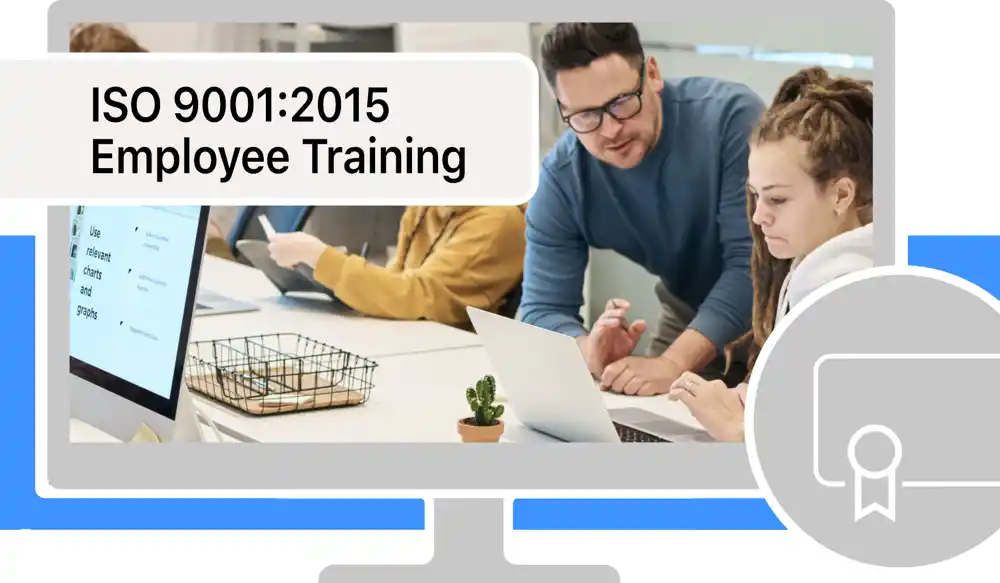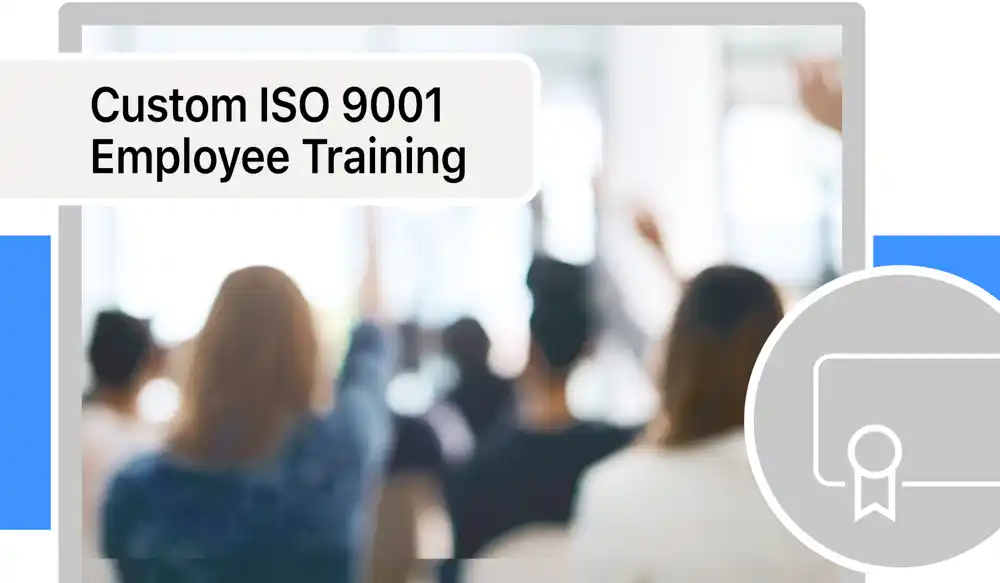How ISO 9001 Benefits Employees
7 September 2020
When considering the pros and cons of ISO 9001, business leaders often wonder how the program will affect their workforce. Will it have a positive effect on staff morale, or will there be lingering doubts and opposition that offset other benefits? In this article we show you how a well-implemented ISO 9001 system is good for both your employees and your company.

There is no question that ISO 9001 affects employees. By its nature, an ISO 9001 quality management system touches on all work processes – and by extension on all employees. There is the direct impact when ISO shapes individual work flows, and there is an indirect component that contributes to the work environment.
Numerous academic studies have analyzed top-rated companies to determine how they attract and retain excellent staff. In almost all cases, five key factors are identified. This article examines how these factors are addressed by a well-implemented ISO 9001 system.
How ISO 9001 Benefits EmployeesRewarding Growth Opportunities through ISO 9001
Opportunities for personal growth and development is one of the most commonly-cited reasons for employee satisfaction. Staff at all levels of the organization respond positively to training programs, staff reviews and evaluations, additional responsibilities, and career progression. ISO 9001 achieves exactly this for your employees. It gives managers a dedicated framework that:
Expands the scope of employee reviews to include consideration of development goals and career objectives.
Encourages goal-oriented employee training, along with comprehensive training evaluation.
Recognizes and develops competencies, skills and interests, and rewards them with more challenging and responsible positions within the organization.
How ISO 9001 Benefits EmployeesMore Satisfying Work Environment through ISO 9001
No one wants to be stuck in a dead-end job at a company that adheres to outdated practices, uses antiquated technology, and pays scant attention to the cleanliness and safety of the work environment. Top-rated employers recognize these issues and make the workplace as safe, modern and vibrant as possible.
The ISO 9001 standard places great emphasis on forward-thinking practices and mandates a thorough assessment of the work environment. Indeed, it includes an entire clause devoted to the provision of resources that support activity, output, and productivity, all of which (if properly addressed) will result in a more modern and efficient workplace.
How ISO 9001 Benefits EmployeesEmpowered Employees
Another important aspect for employees is a feeling of being valued and that their contributions matter. Top-rated companies recognize achievements; some even make it a habit to thank their staff at the end of every shift. The net result is a workforce that feels cared about and supported, and most of all, valued.
Involving and engaging employees is one of ISO's core principles and reflected in several of its clauses. Take for example the section on continual improvement, it fosters employee contributions and involves staff in improving their own work processes. The requirements to measure and analyze work processes and customer satisfaction provide a basis for improvement initiatives and a positive feedback loop for employee efforts. And the standard's focus on defined responsibilities and authorities ensures empowerment is not subject to the whims of managers.


